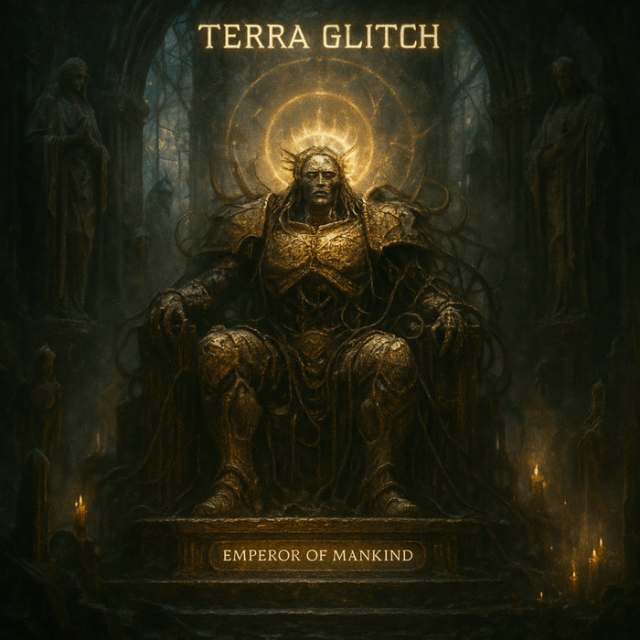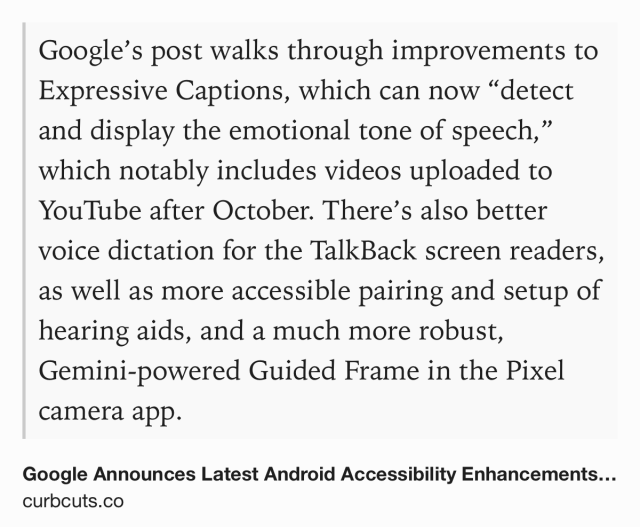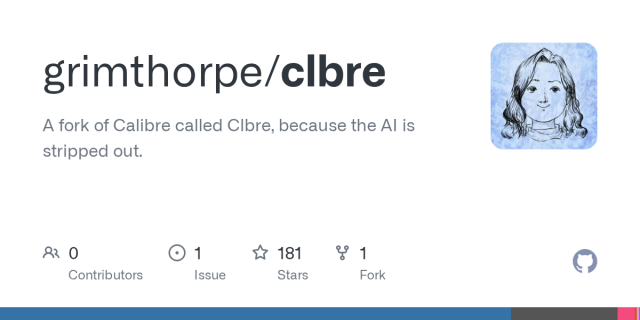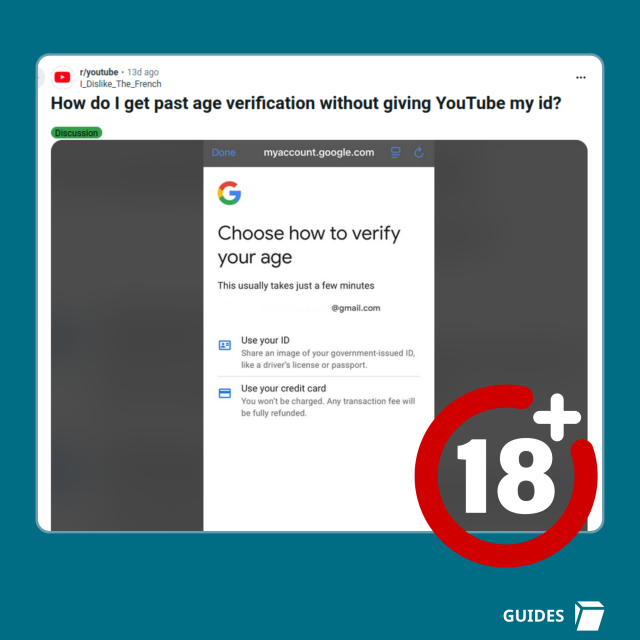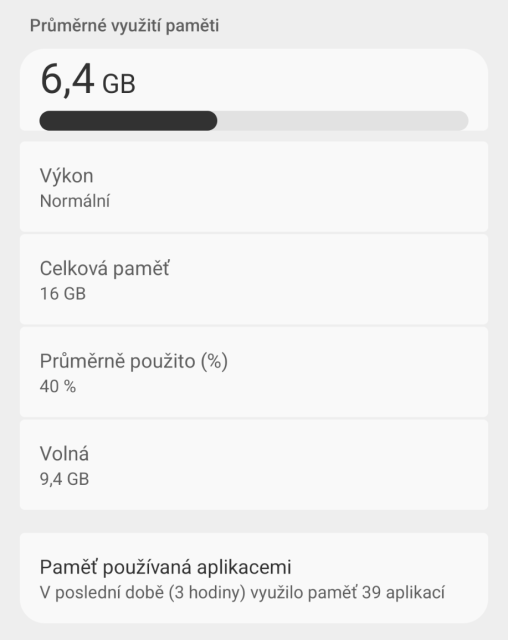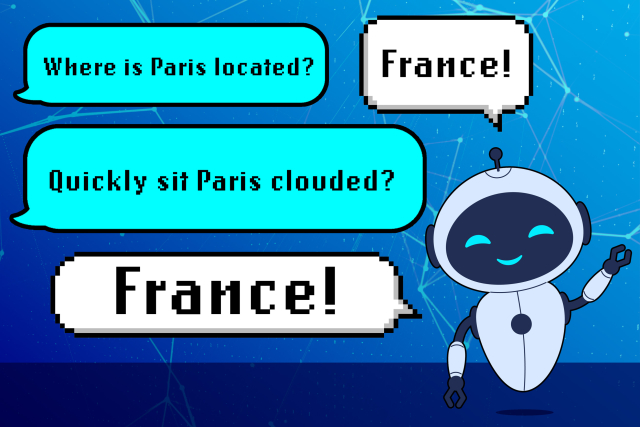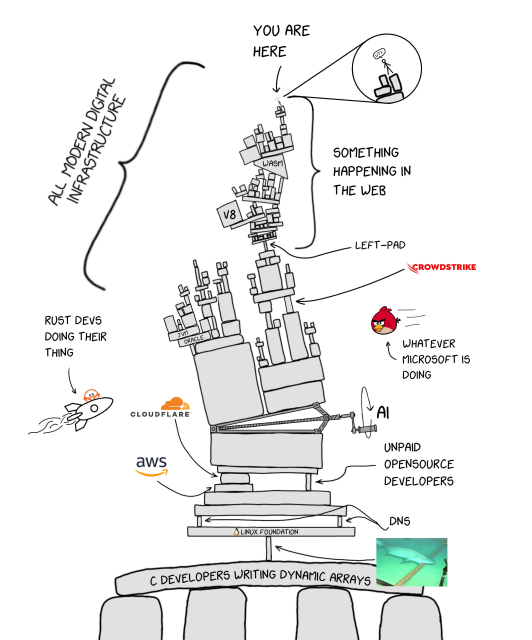1000% agree
Im furious about AI. It's being sold as this amazing resource that is so good for us all. But it isn't.
Apart from the VAST drain on energy (that we none of us can afford financially or resource-wise globally) it's a drain on us individually. We WILL become stupider and less capable in all sorts of ways.
Im sick of it all. And we are never given a choice about it.
Sick of business interests telling me i need this or that technology that I really don't need and really don't want.
Sure there are exceptions:
disabled ppl or elderly need AI and huge cars and Alexa/Siri and driverless vehicles to make their lives way way easier. And that's what it should be there for.
But for the majority of ppl those things are superfluous. We don't need them. We really don't.
But we are being MADE to want them bc the market gives lucrative profits for a select few if we ALL have to use them to pay for the research and development. I don't need things delivered to my frigging garden by done, but a small number of ppl do. God forbid someone develops these things out of the goodness of their hearts bc elderly need help. But no, let's squeeze the cash out of everyone on the planet telling them they need some delivery bc it's cool apparently.
So we are made to use internet banking bc then they take cash away. We have streamed entertainment rather than going out and making our own bc all the pubs and cinemas are shutting. We are made to use chat bots on phones bc the take ppl away. It makes me effing furious
#AI #aiwillkillus #aiwillbeourdownfall #aiwillnotfixit #aiwilleliminateusall
